Violeta Ayala is a multidisciplinary creator and a technologist. Her series Awichas joined the permanent collection of the cultural center mARTadero, in Cochabamba, Bolivia. The artist talks about the creative process using AI and the rising challenges of these technological tools.
Please, tell us about the Awichas project and its creative process.
The Awichas are a visual representation of my female ancestors, I created experimenting with AI tools. I did not know them or how they looked like because there is no representation of them, which is a huge history lost. I started working on GPT-3 and Dalle-2 and when the creator of Dalle-2 knew about my project, he offered me a scholarship to use it for free. At the beginning, I would get lots of Western looks and racism gazed images of how indigenous women were. I had to train it a lot redefining concepts by prompting to achieve dignified and representative images of Quechua older women. The Awichas are a self-representation and also an ongoing project I’ve turned into an NFT collection and which might also evolve in AR.
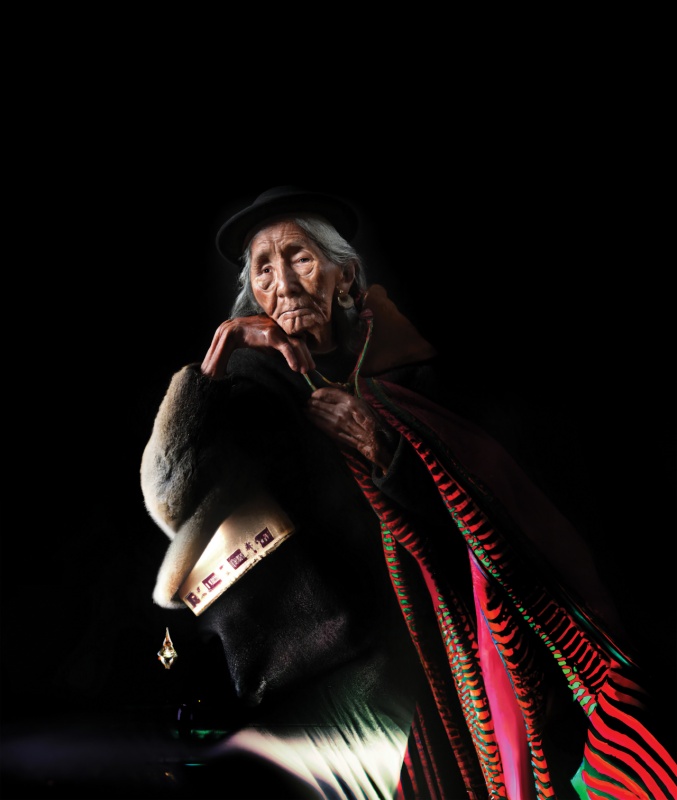
AI has given us the opportunity to create projects way faster and independently. The BIDA FAIR – Bolivia International Digital Art offered the possibility to exhibit the series, but we had a very short deadline, so I edited them in Procreate and Dan Fallshaw, in Photoshop, and we worked together with a local printing studio, that fully committed. It was possible thanks to everyone from my community that contributed to make the exhibition exit, working together with them is the only way I believe this could happen.
You describe the Awichas series as post-photography, how do you define this concept?
There is a general misconception on how AI works. It does not create a collage of images, but it learns, like we do. Its process is similar to when we imagine a concept, the image we think of is the result of all the representations we’ve seen before of that specific concept. The way we build memories is a mid-way between reality and fantasy. AI, with its massive digital memory, is a new tool to creative evolution. Post-photography is creating a universal appropriation of images, that comes from the billions of images surrounding us. I am still playing with what AI can become. It is a process of curation, of ideation, of understanding the media, the lighting, and overall, it is a process of self-representation. With the Awichas exhibition, I’ve noticed many people looked at the pieces as if they were portraying real people, but these women are not real.
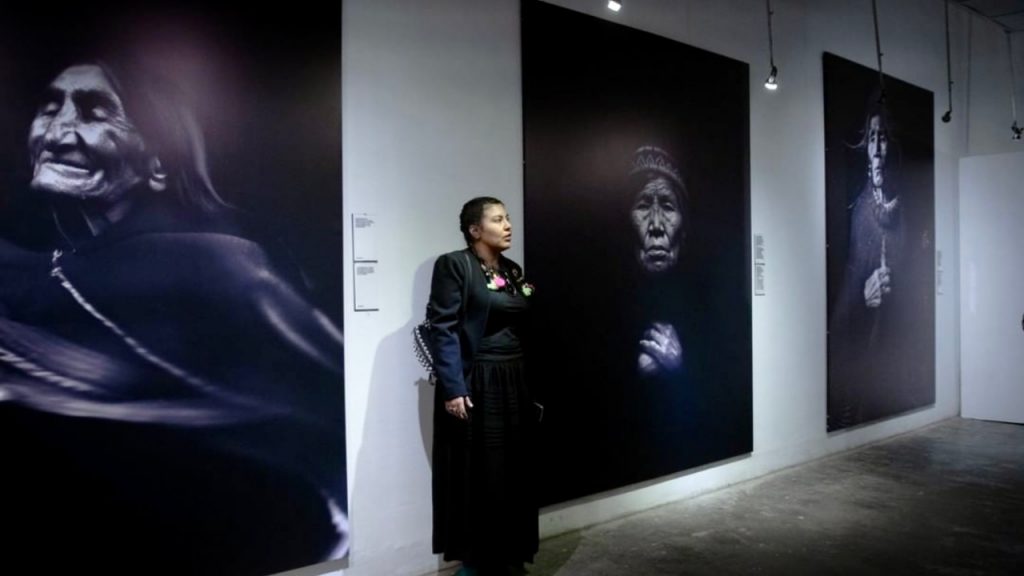
Which can be the impact and the challenges of the use of AI?
AI is a new tool that will change everything, and it already has a massive effect in our daily-life. We are living in a post-reality world, which we don’t fully understand yet. Again, differentiating what is real and what is not is crucial, particularly when we are already creating photography and videos with AI. It is important to understand where this technology can head us to. Even if I continuously say the women from the Awhichas series don’t exist, there are still many people that believe they are real. Imagine this capacity AI has of making images seem real in hands of unethical persons and institutions or just used by people that does not think much about these factors. We still don’t have rules for the use of AI and governments should consider creating them. Artists such as the musician Holly Herdon are training her own voice models, so if someone would use them, she would benefit from it. AI learns from external inputs, so we should have the right to decide not to contribute with our face, voice or style, but also if other people use them maybe we should be rewarded.
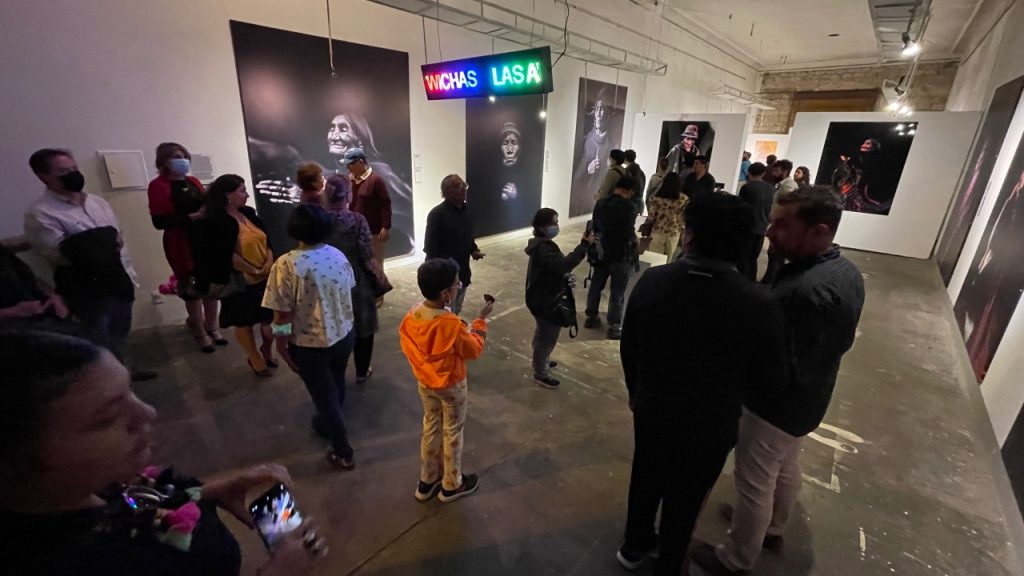
If we’ll have free open sources for using AI, it is going to be a game changer. If the access is restricted, those who can use it are going to have a huge advantage. I could not have created the Awichas in another way. I’m a storyteller, not an anthropologist, so AI was the perfect medium to work how I wanted, to achieve what I wanted to create. I believe in the near future the access to artificial intelligence is going to be a human right.
How will AI shape the concept of authorship?
I believe NFTs will play a huge role to determine what belongs to who. With AI, each person trains their own models, therefore, they become the authors of the outcome, resulted from their work. But I do consider the concept of authorship very patriarchal and I see the future based on co-creation, where each person contributes to a project’s development and it keeps evolving. The Awichas series was my idea, but many collaborators were an integral part of a collaboration-based process.
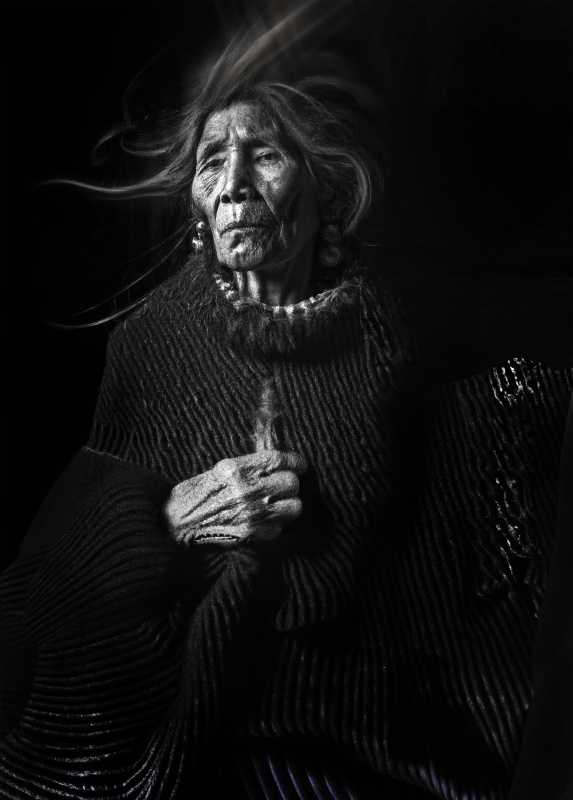
Can AI contribute to enhance under-represented voices?
There is still an important difference in technological access between developed and developing countries, which makes it crucial for countries like Bolivia, where we have 36 nations, to train AI learning models to differentiate and understand Aimara, Ayoreo, Guaraní, etc. These cultures and languages must be protected and need to become a priority for AI models, because they shape how we understand the world and our critical thinking. There are no AI experts yet, since we are just at the beginning of it, which is the perfect timing for under-represented voices to catch up and experiment with AI tools, to self-represent themselves. We live in a context where advertisement plays a key role on which content gets shown. With open access to AI, marketing is not going to be a required skill anymore. Only those with original ideas will hold a great advantage.

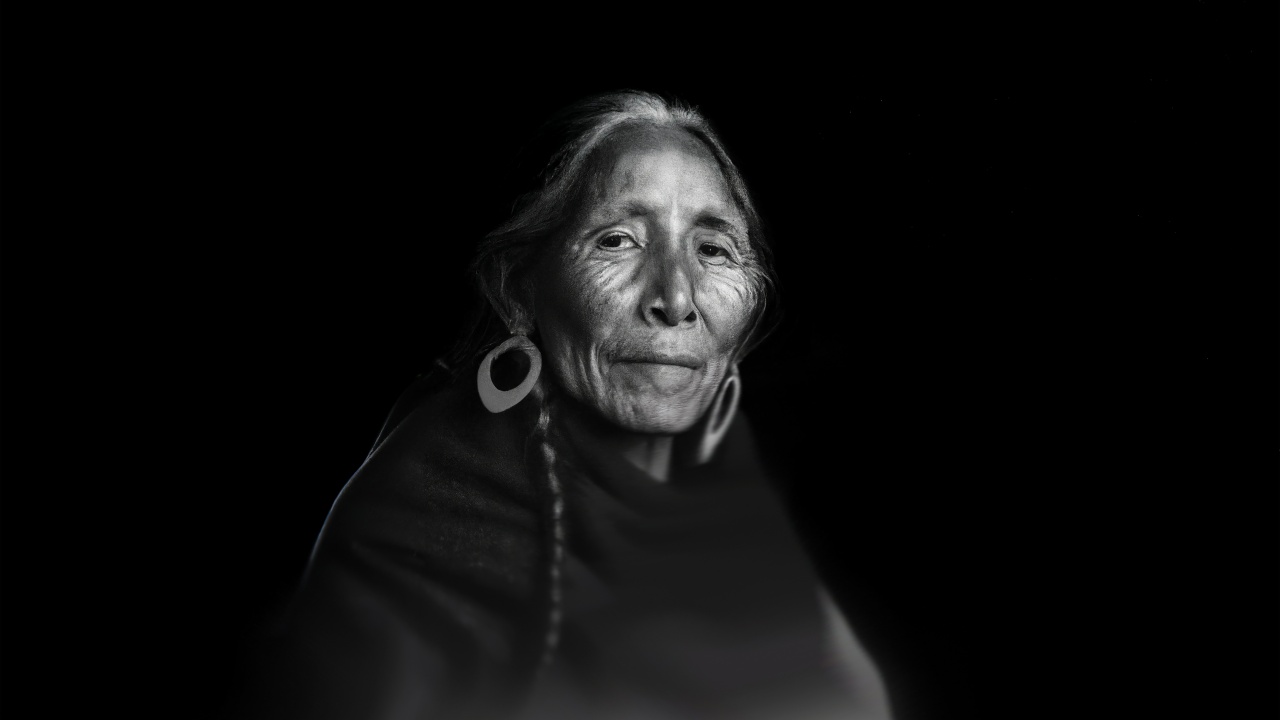

Leave a Reply
You must be logged in to post a comment.